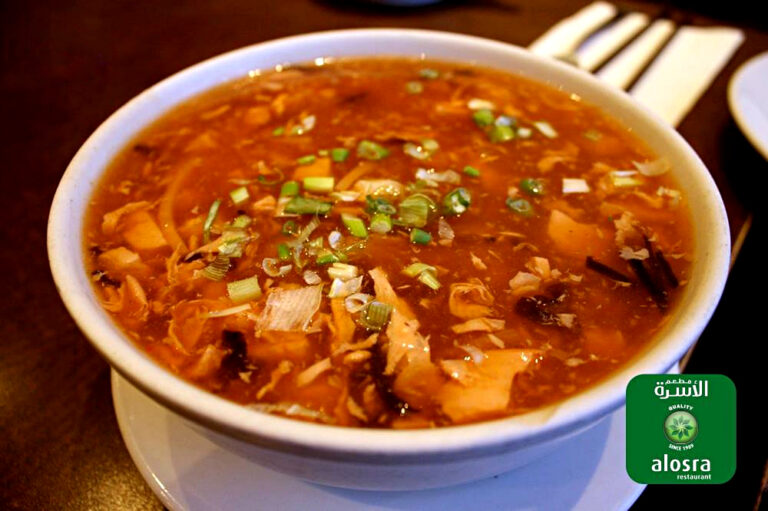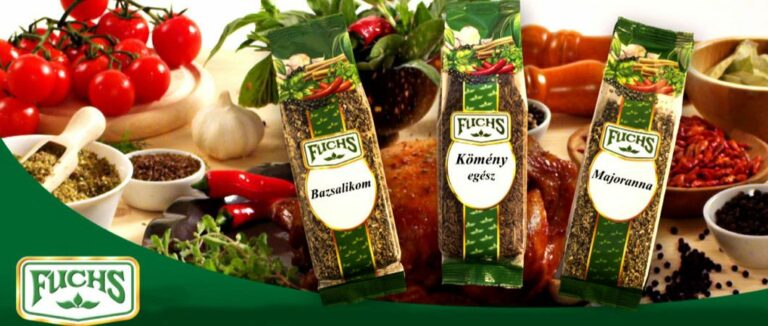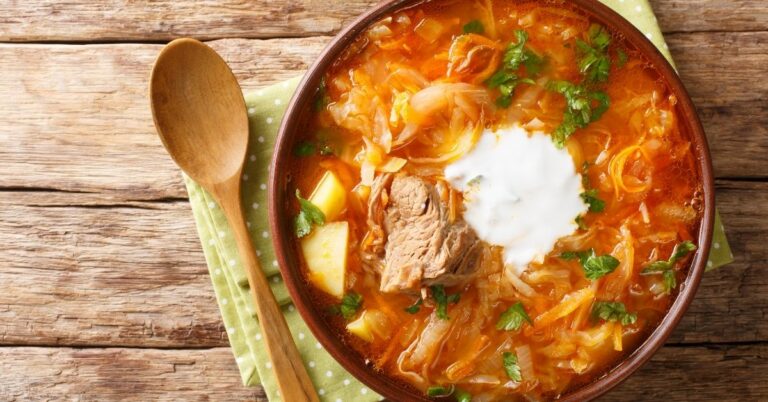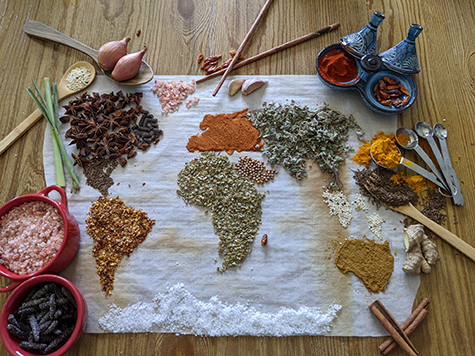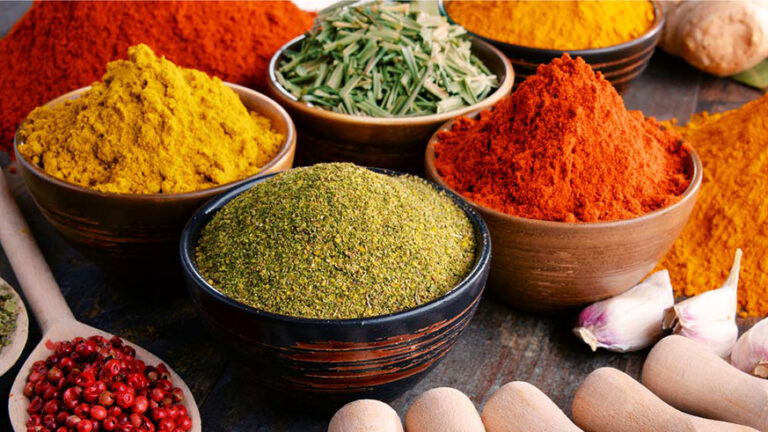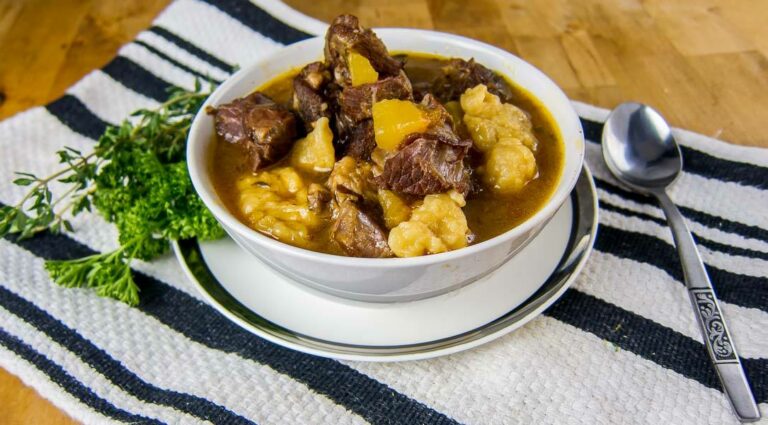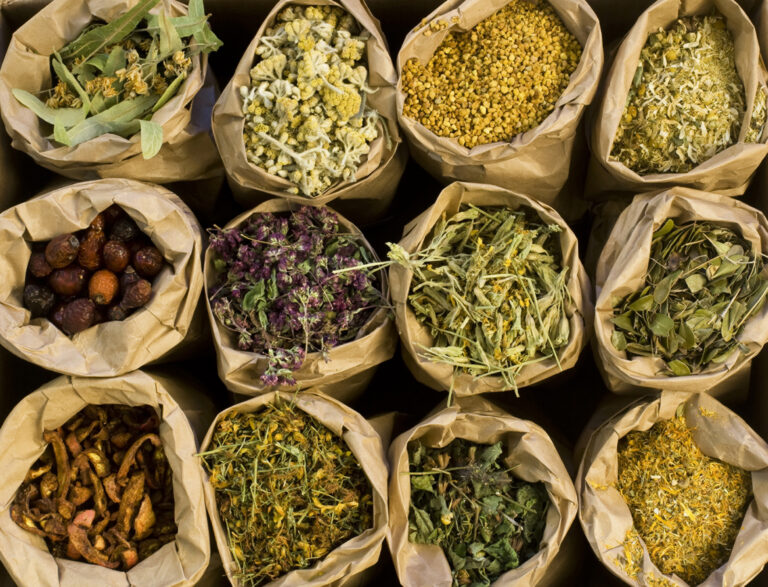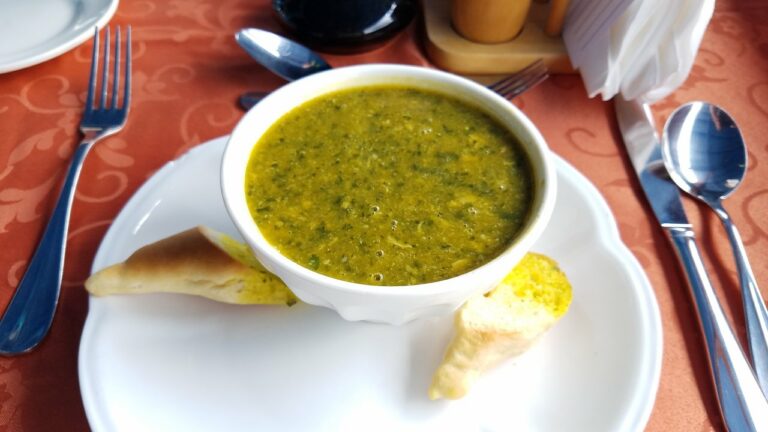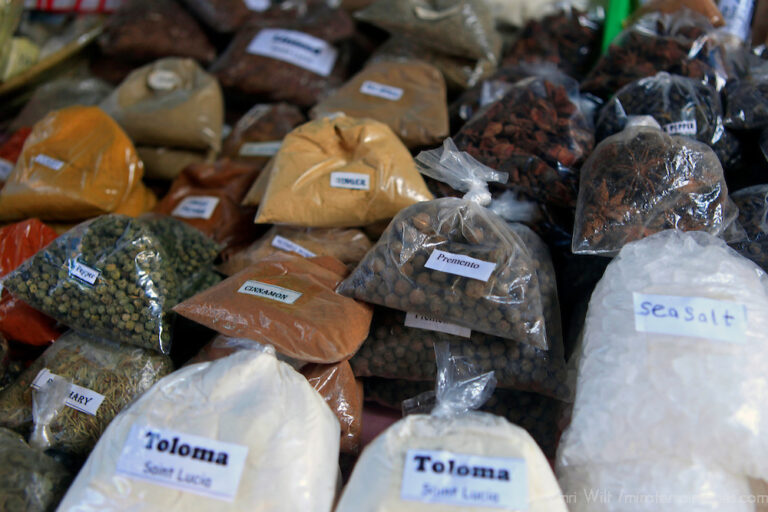Introduction to Qatari cuisine
Qatar is a small Arab country located on the northeastern coast of the Arabian Peninsula. The cuisine of Qatar is a reflection of its unique geographical location and cultural diversity, influenced by Indian, Iranian, Turkish, and Lebanese culinary traditions. Qatari cuisine is known for its rich and flavorful dishes, often prepared with fresh ingredients and exotic spices.
Importance of soups and stews in Qatari meals
Soups and stews are a staple in Qatari cuisine, especially during the colder months of the year. They are an essential part of Qatari meals, often served as a main dish or as a starter. Soups and stews are not only delicious but also highly nutritious and filling, providing warmth and comfort to those who enjoy them.
Common ingredients in Qatari soups
Qatari soups are typically made with a variety of vegetables, legumes, and meats. Some of the most commonly used ingredients in Qatari soups include onions, tomatoes, potatoes, carrots, celery, lentils, chickpeas, and beef or lamb. These ingredients are usually simmered in a flavorful broth, seasoned with traditional spices and herbs.
Popular stews in Qatari cuisine
Stews are also very popular in Qatari cuisine, with some of the most famous dishes being machboos, harees, and thareed. Machboos is a rice-based dish, typically prepared with chicken or lamb, flavored with a blend of spices, and topped with caramelized onions. Harees is a wheat-based porridge, cooked with meat and spices, and served with ghee and cinnamon. Thareed is a bread-based stew, made with lamb or chicken, vegetables, and spices, served with chunks of bread.
Traditional spices and herbs used in Qatari soups and stews
Qatari soups and stews are seasoned with a variety of traditional spices and herbs, which give them their unique and delicious flavor. Some of the most commonly used spices and herbs in Qatari cuisine include turmeric, cumin, coriander, cardamom, cinnamon, and saffron. These spices are often combined with fresh herbs like parsley, cilantro, and mint, to add freshness and depth to the dishes.
Nutritional benefits of Qatari soups and stews
Qatari soups and stews are highly nutritious, providing a range of essential vitamins and minerals to the body. They are typically low in fat and high in fiber, making them a healthy and satisfying meal option. Qatari soups and stews are also a great source of protein, especially when prepared with lean meats and legumes. They are an excellent way to incorporate a variety of vegetables and whole grains into the diet, promoting overall health and well-being.

